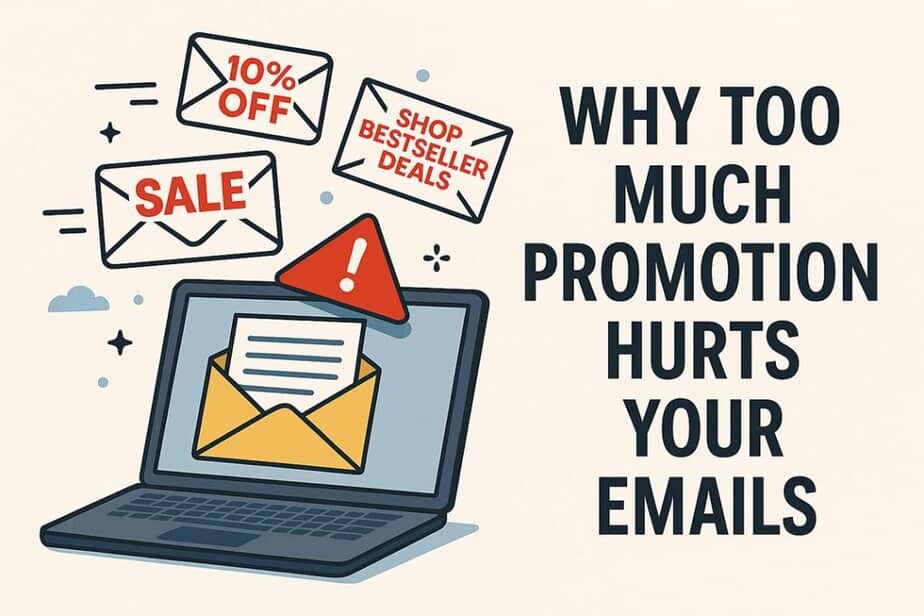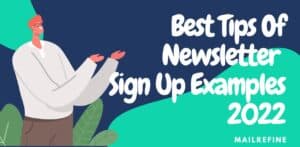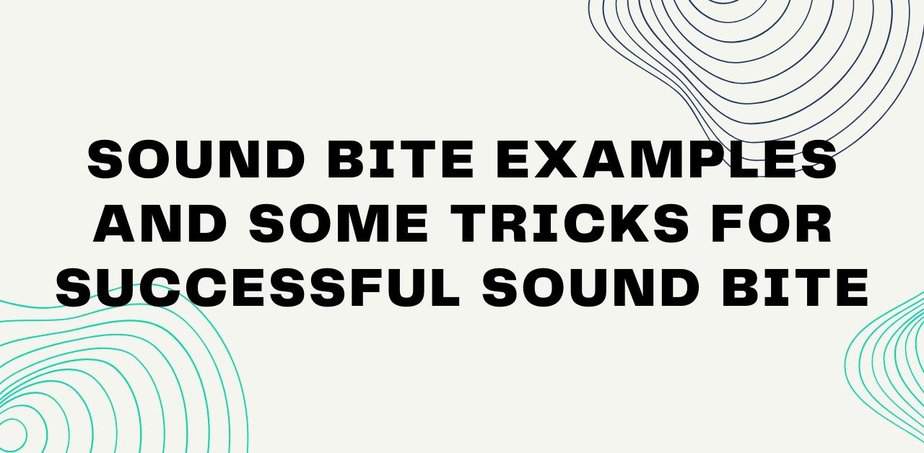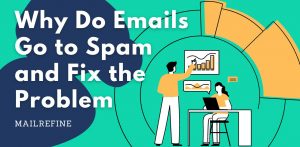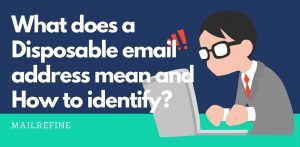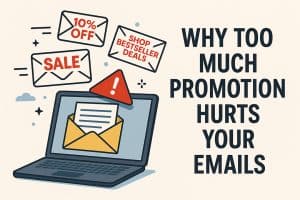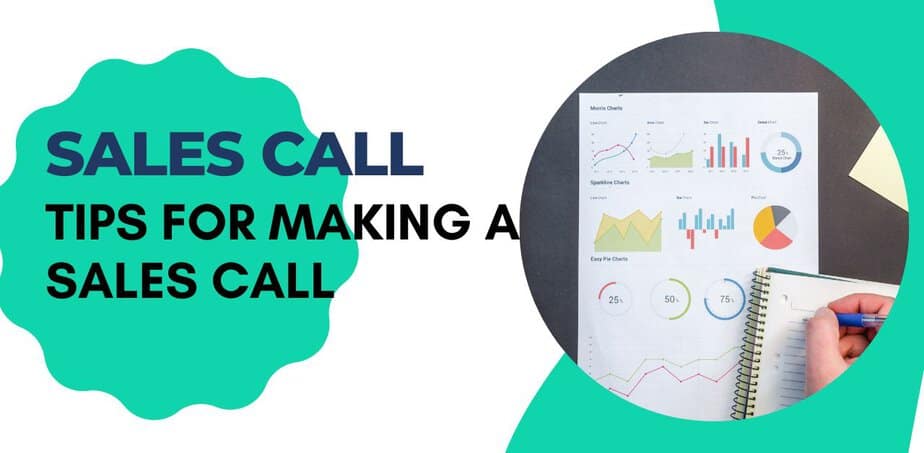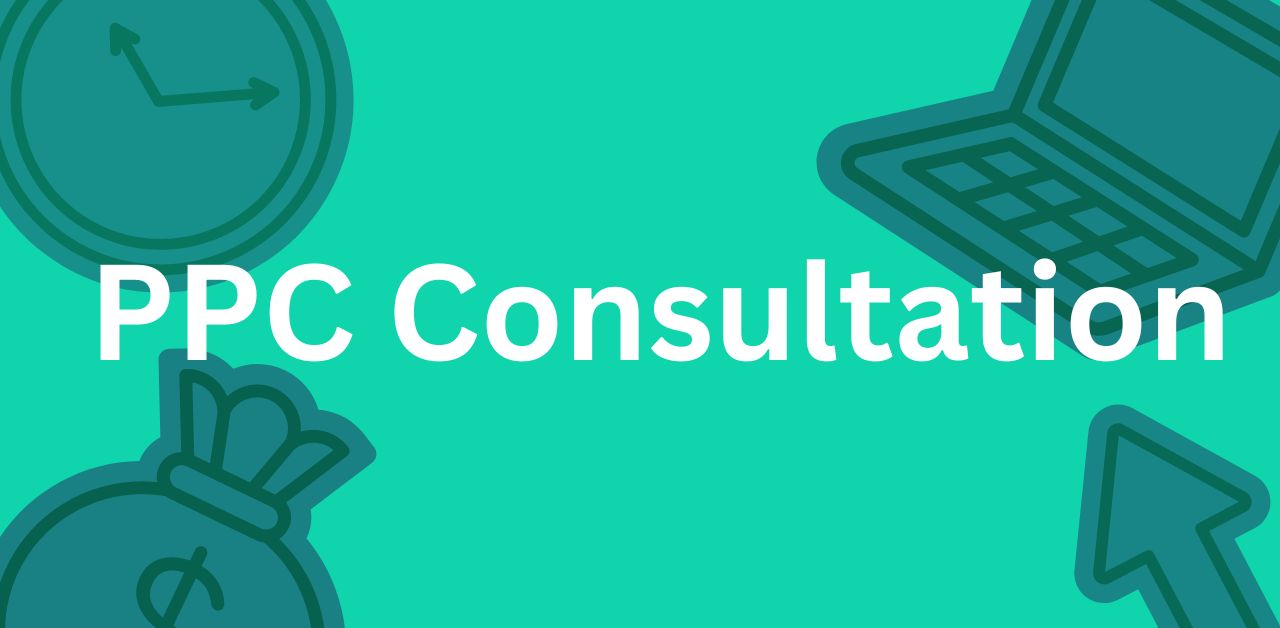Email marketing can be a lifeline for small businesses – it delivers one of the highest ROIs of any channel, roughly $36 back for every $1 spent. But there’s a catch: customers tune out when every message is just another “BUY NOW!” pitch. Many small business owners fall into the trap of thinking that more aggressive promotion always drives more sales. In practice, though, constant hype does the opposite. For example, imagine a local bookstore that once promised weekly literary picks but eventually blasted “10% OFF TODAY” and “Shop Bestseller Deals” in every email. After a few weeks of nonstop sales sloganeering, subscribers stopped opening emails and even unsubscribed. The inbox had become a turn-off instead of a draw. This scenario reflects a common pattern: too much screaming “sale” can trigger spam filters and erode customer trust, killing engagement before you even get a click. In this post, we’ll explain why over-promotion backfires in email marketing, and share actionable tips – from better phrasing to smart strategy – so small businesses can write better emails that actually reach and resonate with customers.
Email Deliverability: How Spam Filters and Reputation Are Affected
Many promotional emails packed with ALL-CAPS subject lines and urgent language will never reach the inbox. Spam filters look for red flags like multiple exclamation marks, bright colored fonts, or trigger words (e.g. “FREE,” “BUY NOW,” “ACT NOW”). In other words, subject lines like “SALE!!! DISCOUNTS!!! BUY NOW!!!!” practically beg filters to banish them. One guide even warns that stuffing a ton of spam keywords into your email and using all caps or lots of exclamation points is “going to get you in trouble” with filters. Conversely, a more balanced subject line like “Hot discounts this week – don’t miss out!” avoids these traps and looks much more legitimate.
The stakes are high. Nearly 1 in 6 marketing emails never reach the inbox at all, and poor content is often why. Litmus’s analysis found that over 70% of emails have at least one spam-related issue before sending. Every email you send is building your sender reputation; if too many look spammy, providers will start blocking you. As one expert explains, “if an ISP sees that nobody’s interacting with your emails, they’re going to say, ‘Nobody wants this. Must be spam.’”. In plain terms, low engagement from bad content makes your future emails toxic.
Even if a wordy, capitalized subject line squeaks past the filter, the email might land in Gmail’s Promotions tab instead of the main inbox. The difference is dramatic: studies show consumers mark an email as spam if it “looks like spam” (78% agree with this). If your emails routinely appear in spam folders, it damages your brand’s credibility – customers begin to wonder if your company is legitimate. In one survey, 54% of people report an email as spam simply because the sender didn’t have explicit permission. This underscores that your email deliverability isn’t just technical; it’s trust-based. Land in spam too often, and your business risks being seen as a nuisance or worse.
In short, over-the-top promotions trigger both technology and human warnings. They make spam filters angry and make recipients roll their eyes. The outcome is the same: fewer opens, fewer clicks, and no sales.
Trust and Engagement: Why Subscribers Tune Out
Deliverability is only half the battle. Even when your email reaches the inbox, an overly pushy tone can erode subscriber goodwill. Recipients open emails expecting helpful information or occasional deals – not a relentless sales pitch. If every message screams “BUY FROM US,” engagement plummets. One marketing guide bluntly states: “Emails that offer nothing but ‘buy from us’ tend to have low engagement.” It adds that sending only promotional messages “can reduce trust and even harm your sender reputation, as an overload of sales-driven emails might trigger spam filters”. In other words, your own customers start seeing you as just another spammer.
This happens fast. Mailchimp notes that constantly bombarding subscribers with ads often backfires, increasing unsubscribe rates as people try to regain control of their inbox. When readers feel overwhelmed, they do one of three things: skim mindlessly, ignore the email, or hit the unsubscribe link. Over time, you may even see a rise in spam complaints: people will click “Report as Spam” if they feel tricked or annoyed. Each complaint hurts your reputation with email providers, creating a vicious cycle.
Real-world data confirms these risks. For example, a recent report found over-sending is a top reason for unsubscribes, along with “content not relevant” (32% of unsubscribers cited too many emails). Another survey revealed 78% of email users mark a message as spam if it “looks like spam”. If your brand keeps showing up there, it automatically seems less trustworthy. In short, when subscribers don’t trust you, they won’t engage – and when engagement drops, algorithms start flagging you.
The key lesson: build trust by providing value, not by pushing product at every turn. Every promotional email should be balanced with genuine content that interests your readers. Share tips, stories, or helpful updates along with offers. As one expert puts it, “Personalized emails with valuable content outperform scheduled blasts.” Indeed, prioritizing relevant information over constant hype leads to more opens and clicks. More engagement signals to providers that your mailing list wants your emails – which in turn boosts deliverability and trust.

Actionable Email Marketing Tips
Here are practical tips and best practices to keep your emails out of the spam folder and in front of your customers’ eyes. These guidelines can help any small business write effective promotional emails without sounding like a sales robot:
- Write Like a Person: Use a friendly, conversational tone. Imagine talking to a customer one-on-one. Avoid corporate jargon or looking “salesy.” As Unbounce advises, “focus on clear communication and avoid overly promotional language” – write as if you’re chatting with a friend.
- Balance Value and Promotion: Lead with value. For instance, include tips, news, or stories that interest your subscribers before mentioning a sale. Mix in non-sales content such as industry insights or how-to guides. Over time, this balance keeps readers interested.
- Keep Subject Lines Honest and Inviting: Your subject line must reflect the email’s content and pique curiosity. Avoid using all caps, excessive exclamation points, or hard-selling phrases (“BUY NOW!!!”). These are spam triggers. Instead, try a clear and urgent-but-friendly phrase, e.g. “Flash Sale: 20% off This Weekend” or “New Collection Just Arrived.” Even actionable phrases like “Shop the sale now” (no exclamation needed) work well.
- Personalize and Segment: Avoid mass-blasting everyone with the same promo. Segment your list by customer interest or past purchases. A sportswear discount to electronics-only buyers feels like spam. Use personalization (their name, past behaviors) to make emails relevant. Tailored messages generate higher open and click rates. As Litmus points out, “personalizing emails and prioritizing value-driven, relevant content over overly promotional language” yields much better results.
- Limit Formatting Tricks: Do not use bright red text, big images of dollar signs, or tiny fonts. Spam filters catch these. A plain, well-coded email is safer. Ensure you always include a clear unsubscribe link – lack of one is a red flag. Also, use proper authentication (SPF/DKIM) so ISPs trust your sending domain.
- Mind Your Frequency: More isn’t always merrier. Data shows that sending 2–4 times per month often yields the highest engagement. If you email daily, you may get short-term ROI, but you’ll see an immediate rise in unsubscribes. Too frequent promos exhaust subscribers (email fatigue). Test your schedule: monitor open and unsub rates when you change frequency, and stick to what keeps fatigue low.
- Use Strong, Clear CTAs: Instead of a vague “Click here,” be specific. Tell readers exactly what they’ll get. For example, rather than “Learn more,” you could use “View the new arrivals” or “Access your 20% discount.” However, avoid phrasing like “Act now!!!” or “Exclusive offer – CLICK HERE!” which look spammy. A single, well-placed button is better than multiple pushy calls-to-action. The goal is to prompt action without bullying the reader.
- Proofread and Test: Always send test emails to check formatting and spam score. Preview on mobile, desktop, and dark mode to ensure legibility. Even one broken link or typo can hurt credibility.
Better Phrasing and Tone for Promotional Emails
Choosing the right words makes a huge difference. Even subtle changes can turn a spammy-sounding email into a welcome one. Try these phrasing tips:
- Avoid All-CAPS and Excessive Exclamation: Instead of “LIMITED TIME OFFER!!!” try “Limited Time Offer” (only capitalize first letters if needed). Overused exclamation points feel like shouting. One exclamation mark is usually enough; do not use multiple.
- Rephrase Commands as Suggestions: “BUY NOW” could become “Shop the sale” or “Check out the new collection.” “CLICK HERE” could be “Learn more” or “View details.” These softer commands reduce the risk of triggering filters and feel more helpful than pushy.
- Be Specific and Personal: Instead of generic claims like “HUGE DISCOUNTS,” specify what the user gets. For example, “20% off men’s jackets” or “Free gift with purchase”. Using the recipient’s name in the subject or opening (“John, your 20% off is here!”) can also boost open rates by making the message feel personalized.
- Set Clear Expectations: If you say “Sale ends Monday,” stick to it. If customers catch you exaggerating, they’ll lose trust. Honesty goes a long way.
- Tone Down Urgency: Words like “Urgent,” “Now,” or “Hurry” can work sparingly, but avoid making every email sound like an emergency. Phrases like “Final hours” or “Last chance today” are fine occasionally, but pepper them amid regular content. For ongoing deals, use phrases like “Today only,” “This weekend,” or simply “New deals available.”
- Offer a Taste of Value: If possible, include a quick tip or interesting fact before the sell. For example: “Want to keep clothes looking new? Our spring cleaning guide has tips – plus we’ve included a 15% off coupon for your next visit.” This shows you care about the customer, not just the sale.
Smart Small Business Email Strategy: Quality Over Quantity
A winning email strategy for a small business focuses on audience needs first. Segment your list by interests or purchase history, and send targeted promotions accordingly. For example, a pet store can send dog food deals to dog owners and ignore the cat-only segment for that promotion. This relevance dramatically increases engagement.
Always ask: “Why are we sending this?” If it’s only to hit a quota, reconsider. Litmus emphasizes treating each email as a guest in the subscriber’s inbox. Only send emails that deliver clear value. When you do send, make it count. For instance, use welcome emails (which average ~50% open rates) to onboard new subscribers.
Maintain good list hygiene: remove bounced or unengaged addresses. A smaller list of active readers is far more powerful than a massive list that ignores you. Use double opt-in or preference centers to ensure only interested people join.
Finally, track your results. Monitor open, click, and unsubscribe rates closely. If you see a downward trend, it’s a sign to tweak your strategy. Remember that each unsubscribe or spam complaint directly impacts deliverability. Focus on gradual growth – sending relevant, well-timed emails consistently will build a positive sender reputation and loyalty over time.
Conclusion
Too much promotion in every email can sabotage your small business’s email marketing. When every message feels like a sales blast, subscribers ignore you and spam filters step in to help them tune you out. Instead, think long-term: balance your offers with genuine content, write conversationally, and give readers a reason to stay engaged. Use clear, honest language and only a modest amount of urgency. By following email marketing best practices – clean lists, proper authentication, relevant segments, and value-rich content – you’ll improve email deliverability and rebuild customer trust.
In short, quality trumps hype. A well-crafted email that resonates with your audience is far more effective than ten shouting all-caps blasts. Focus on serving your subscribers with respect and usefulness. The inbox is powerful, but it’s a two-way street: meet your customers’ expectations, and they’ll reward you with opens, clicks, and sales.
Key Takeaways:
- Avoid spammy formatting and language (no ALL CAPS, too many !!!).
- Provide real value in each email, not just sales pitches.
- Segment and personalize your sends to the right audience.
- Stick to a thoughtful cadence (2–4 times/month is often ideal).
- Always include a clear unsubscribe link and follow permission-based best practices.
By dialing back the hype and focusing on your subscribers, your emails will reach the inbox, earn trust, and ultimately drive better results for your small business.

